Take for example the much-maligned Leg Extension machine. For anyone who has leg joint issues (ankle, knee, or hip), this “open-chain” exercise machine is an excellent alternative to the standing leg exercises like squats and lunges, which can put pressure down on the joints and lead to pain. As with any exercise machine, you need to be careful to set the seat and lever appropriately for your size, and you should keep the weight moderate and range of motion limited to start. Sure, a person could do this exercise wrong, but they could just as easily do a standing leg exercise with bad alignment and risk even greater injury because it isn’t just the knee that can get hurt, the other joints as well are at potential risk, as is the lower back.
Apart from injury prevention, muscular imbalances and weaknesses can only be corrected through isolation exercises. If one is weaker on one side, it can be addressed by doing isolation exercises on the floor or with machines, whereas with compound movements, one will never correct the imbalance. Sometimes, before progressing to more complex movements, it is suggested that certain muscles like the gluteals or the transverse abdominals, be targeted with isolation exercises that get the muscles to fire properly. This helps exercise efficiency and effectiveness.
Another argument that some have made is that standing exercises necessarily develop greater proprioception and awareness and are thus more functional. By nature, doing standing work requires a certain amount of balance skill that is not inherent for sitting or floor based movements, although just standing doesn’t necessarily improve overall body awareness and control. In Pilates, whole body awareness is always taught even when doing what would technically seem to be an isolation exercise. For example, when performing the Side Kicks in the matwork series, one is trying to only move the leg while the rest of the body must stay still. The act of creating stability and balance in the rest of the body while sweeping a fully extended leg forward and back, requires utmost attention to engaging all the core muscles on the front and back of the body, and from the toes to the head must remain in control at all times. It may look like it is isolating, but Side Kicks develops whole body awareness as much if not more than any traditional standing leg exercises.
It would be very easy for me to go on and pick out several standing leg exercises that I believe put undue risk to the participant, and for me to offer alternatives that I believe are better, but I think it is irresponsible for fitness experts to label some exercises as bad and others as good. It all depends on how you do them and for what purpose. If all you care about is working as many muscles as you can with each exercise, than compound movements will be your ticket. If you want to target weaknesses or imbalances in your body, or you need to work on stabilization, than isolation movements are a wiser choice. It really depends on your individual needs and on the particular focus you are bringing to your workout. Be well, be safe, be smart, and have fun!!
“open-chain” exercises, vs “closed-chain”. For those who don’t understand the difference, “open-chain” is where the endpoint (usually the hands or feet) are free to move during the exercise. “Closed-chain” exercises are where the endpoint is fixed during the exercise, so standing exercises with the feet planted, or push-ups where the hands are on the floor, are prime examples.
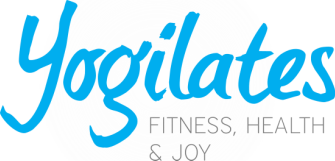
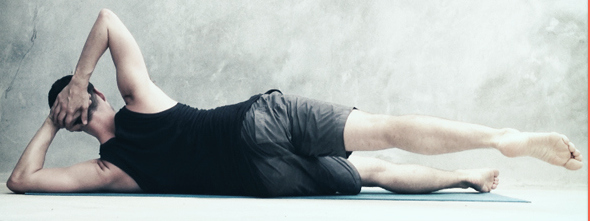
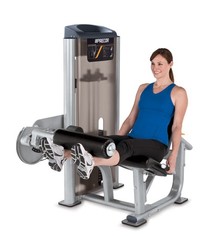
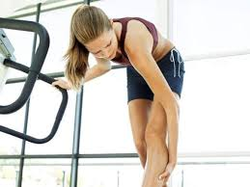
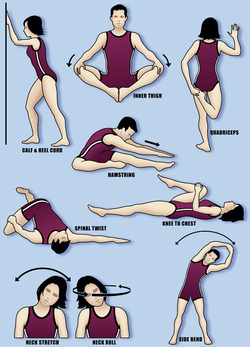
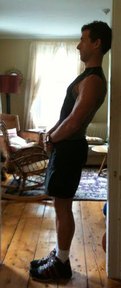
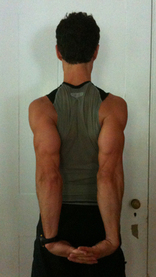
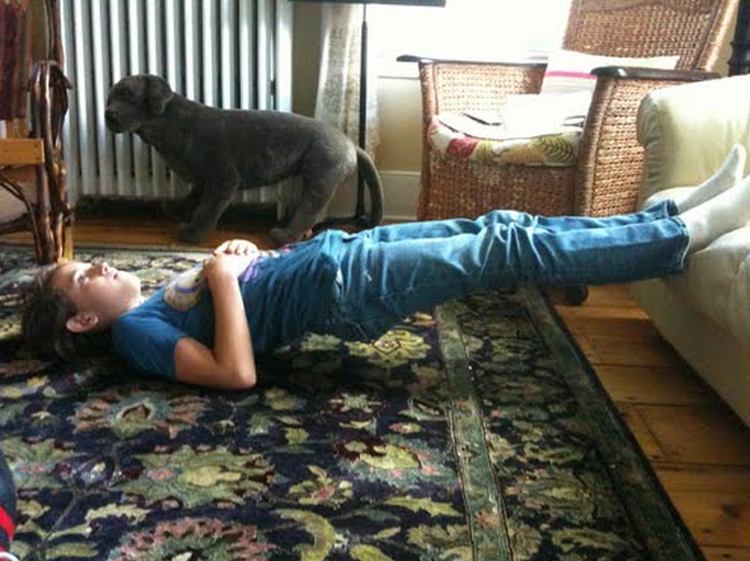
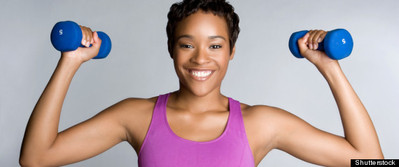

 RSS Feed
RSS Feed
